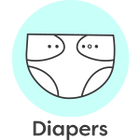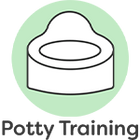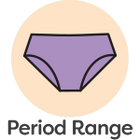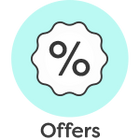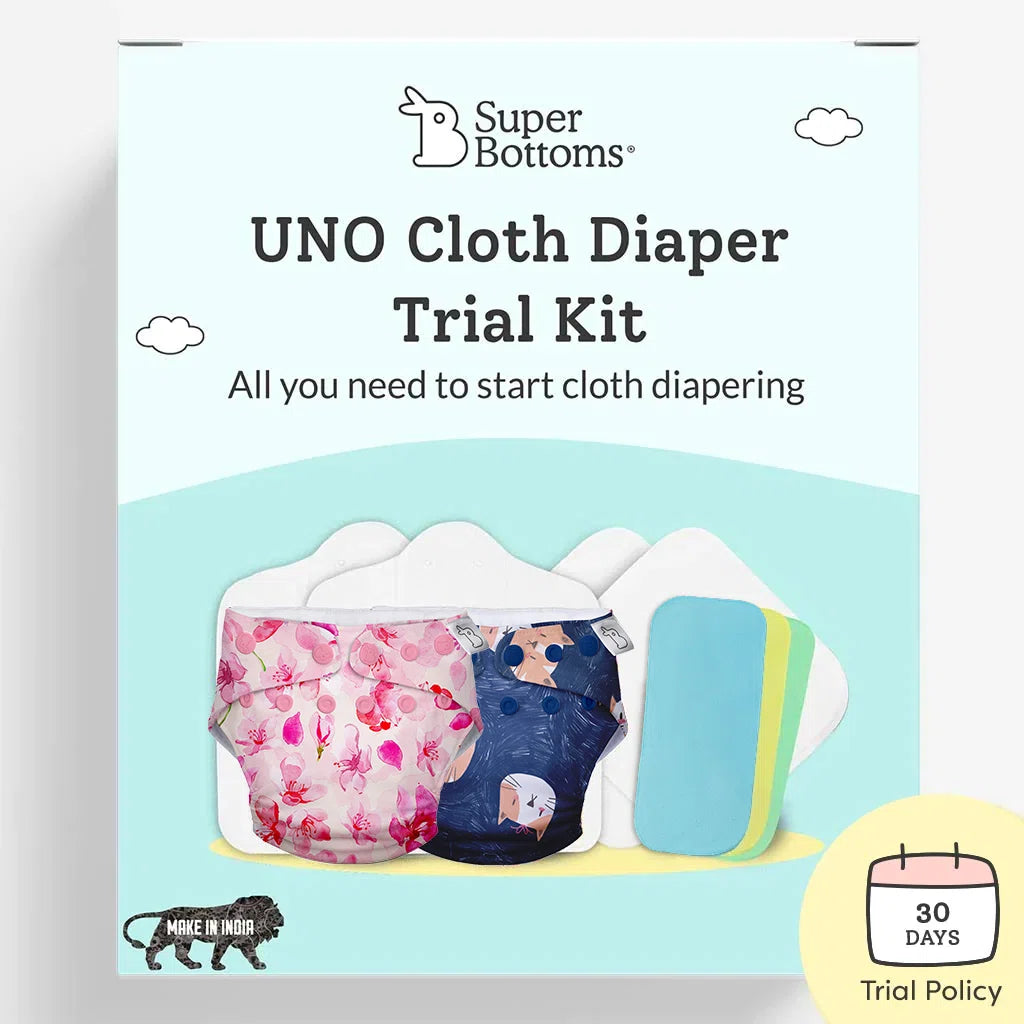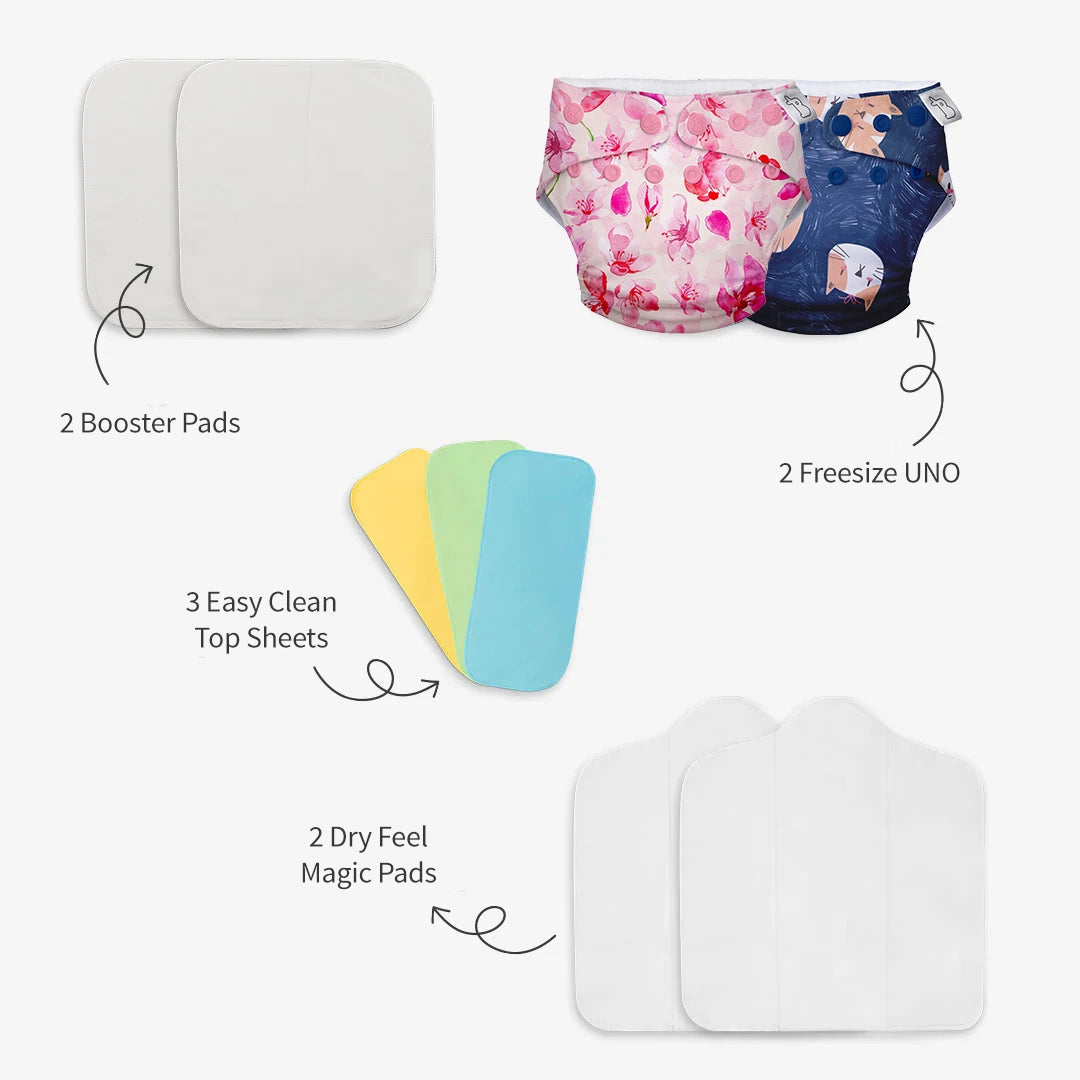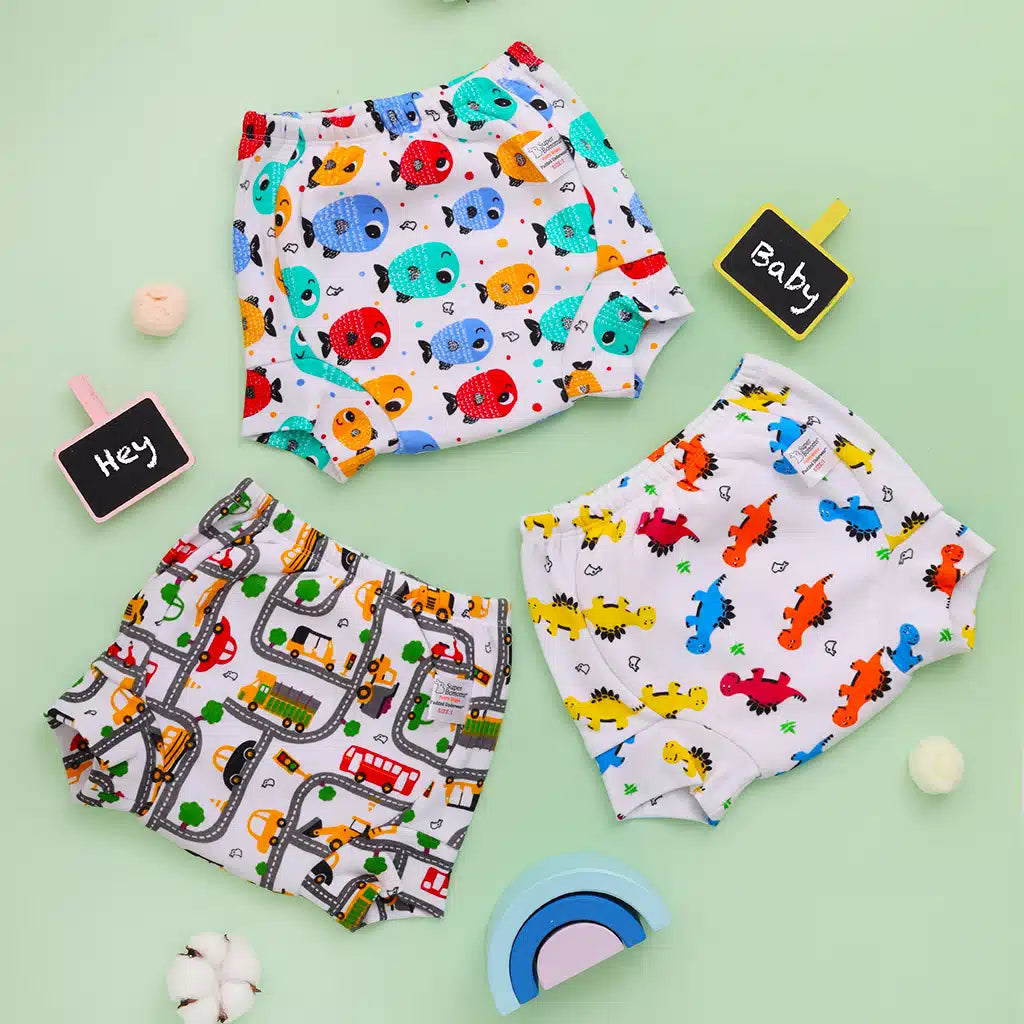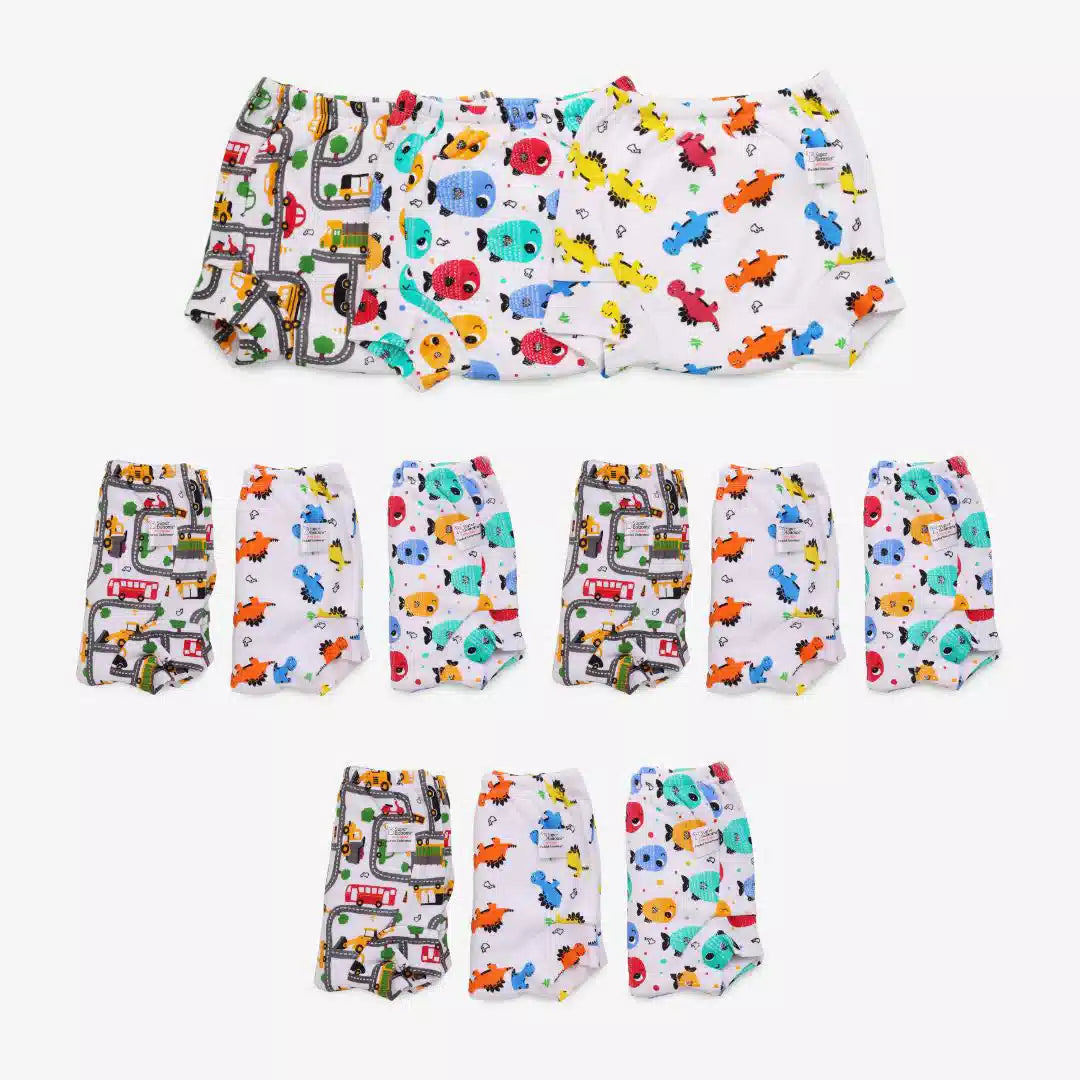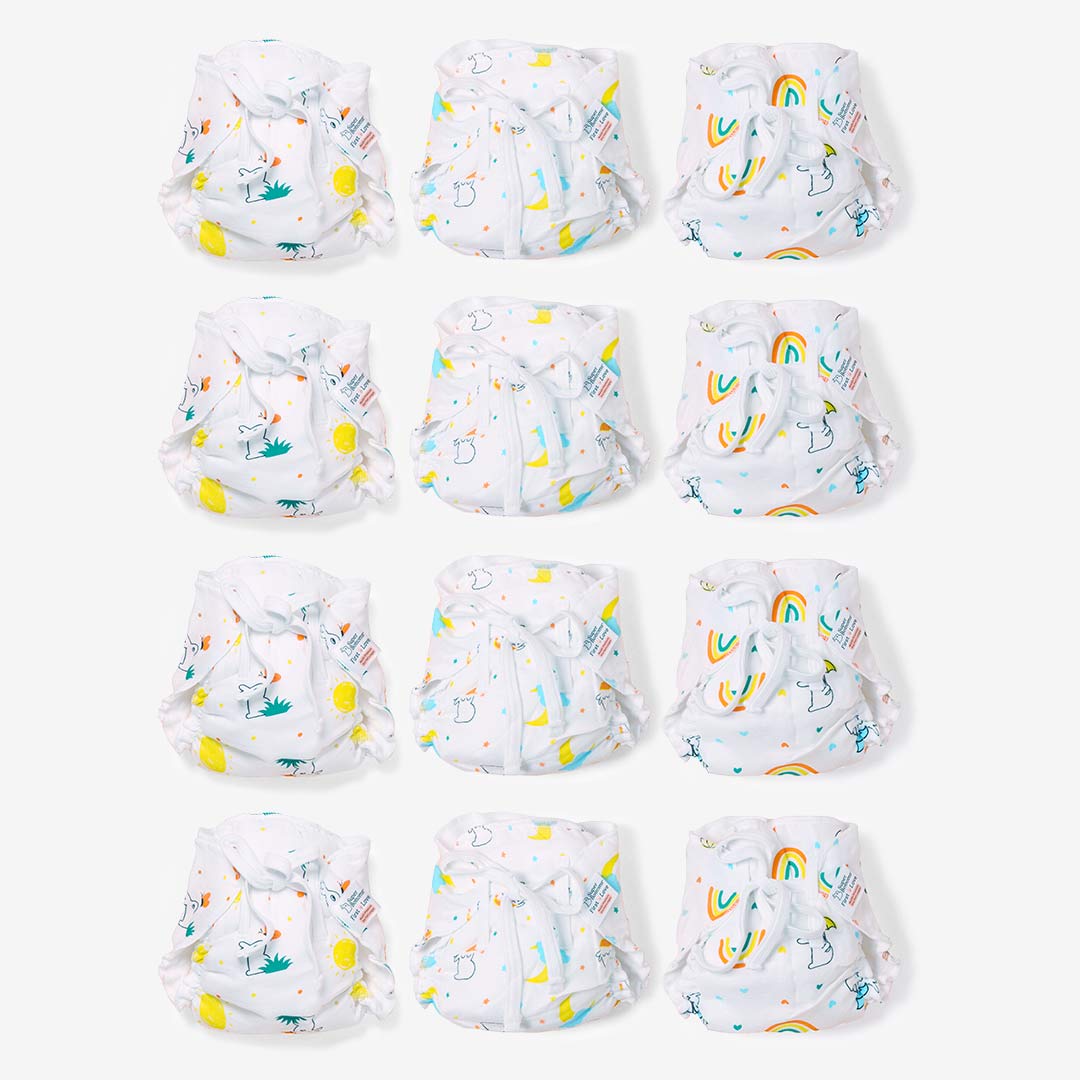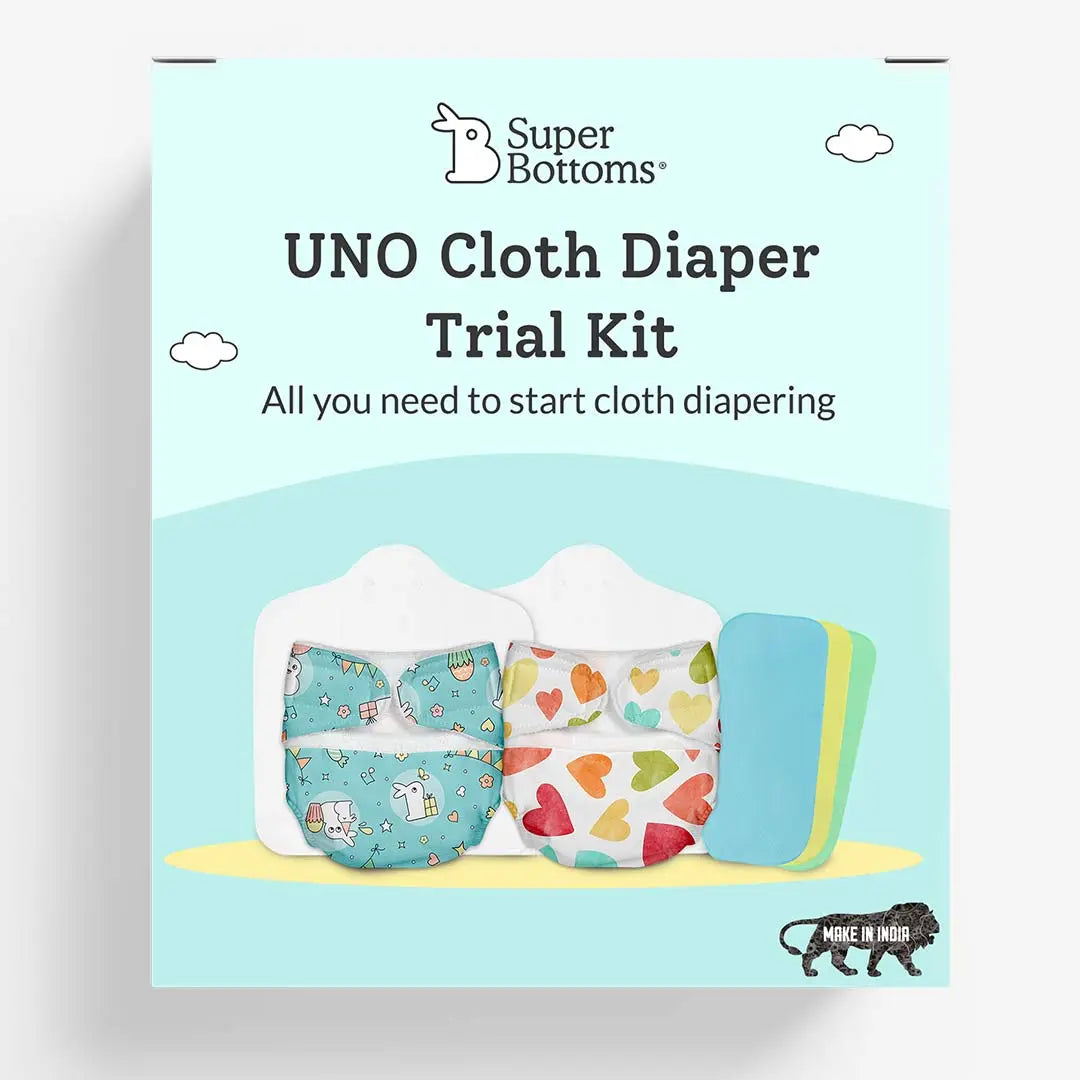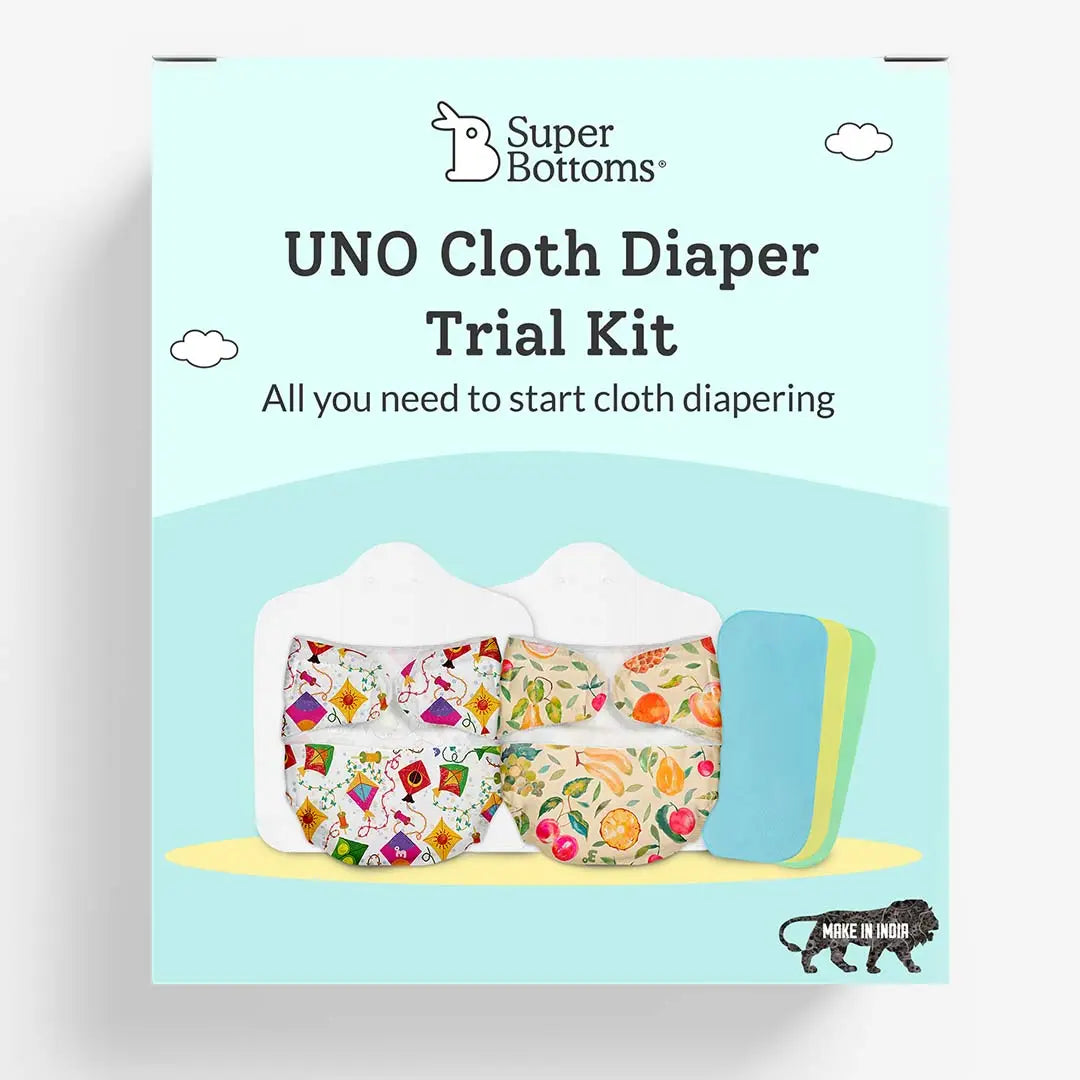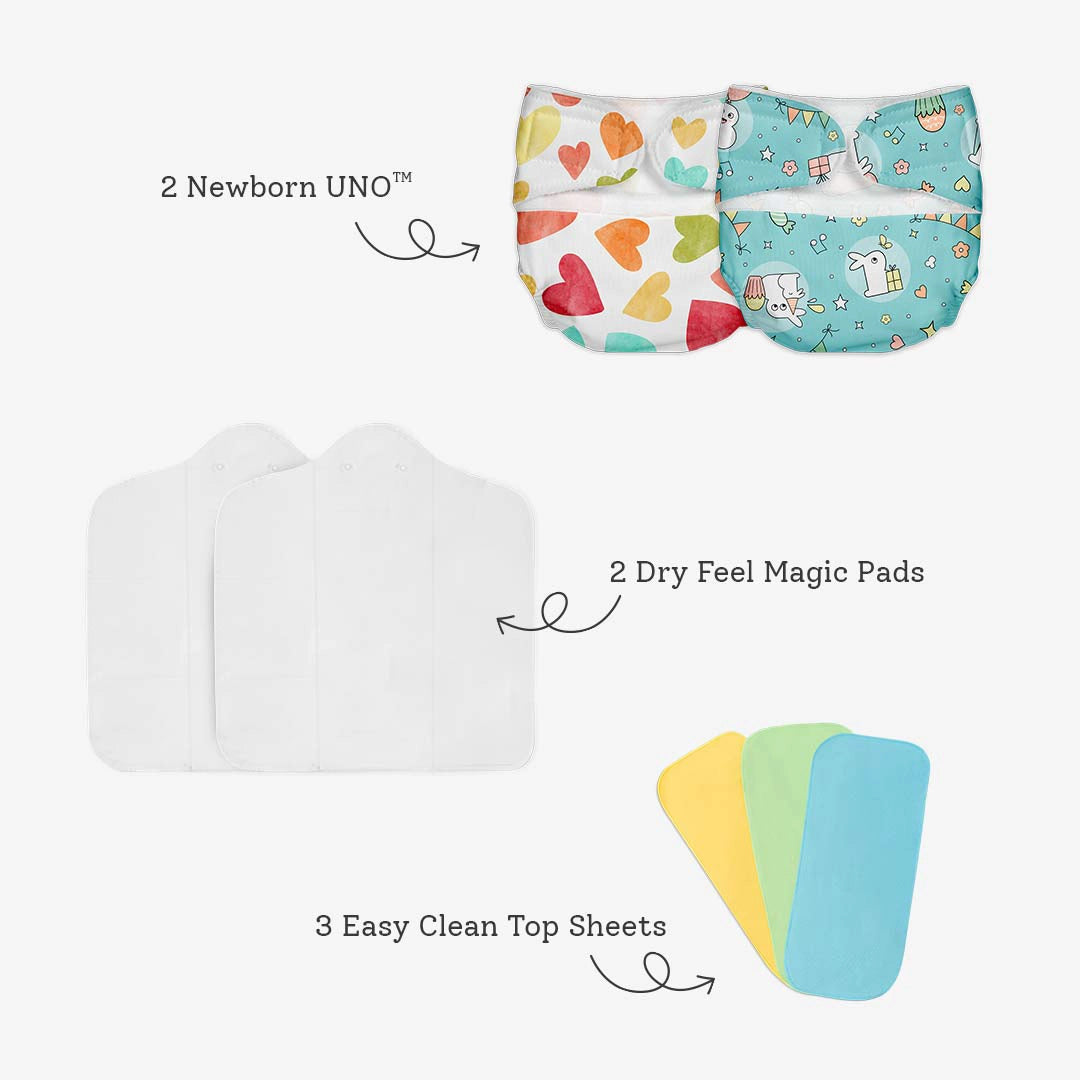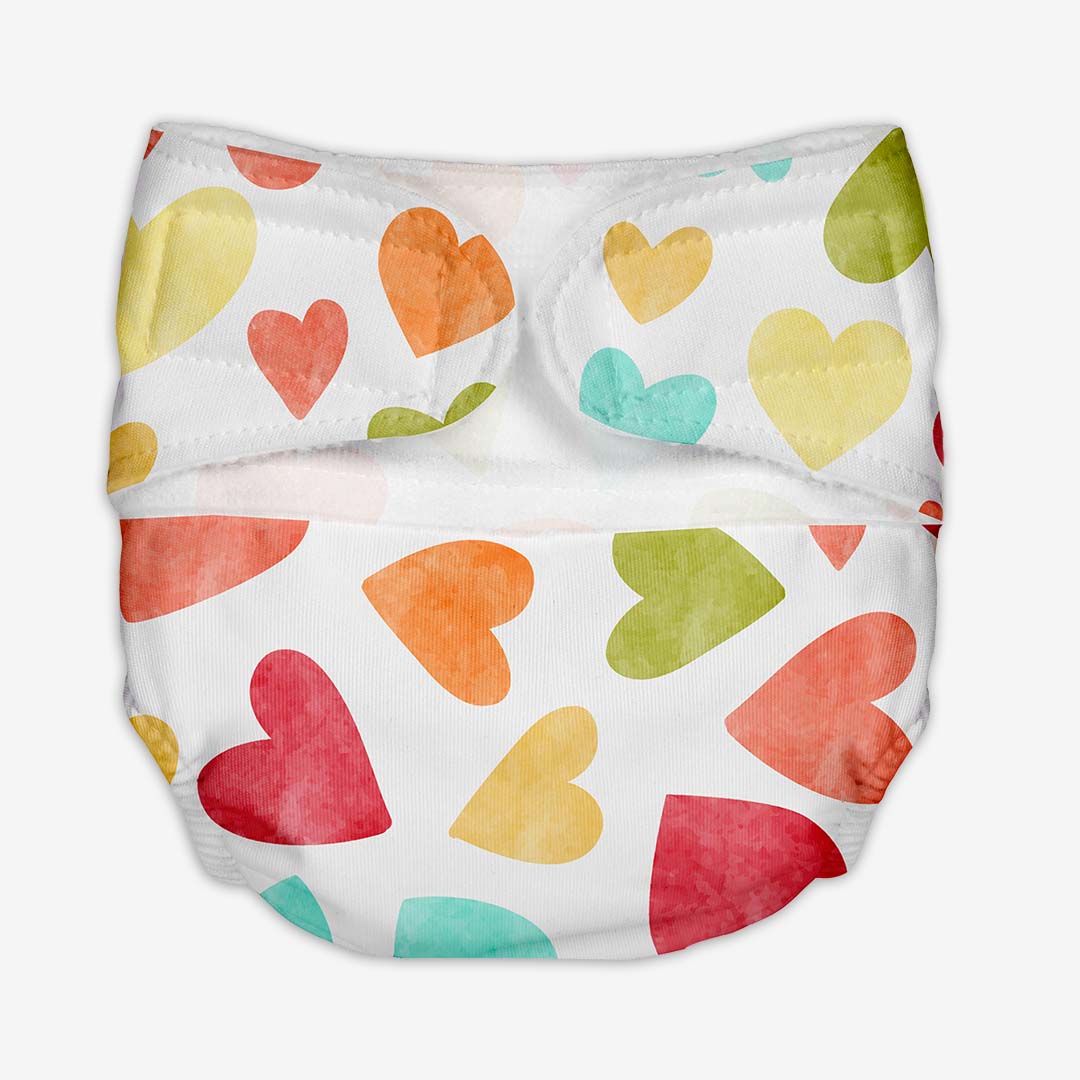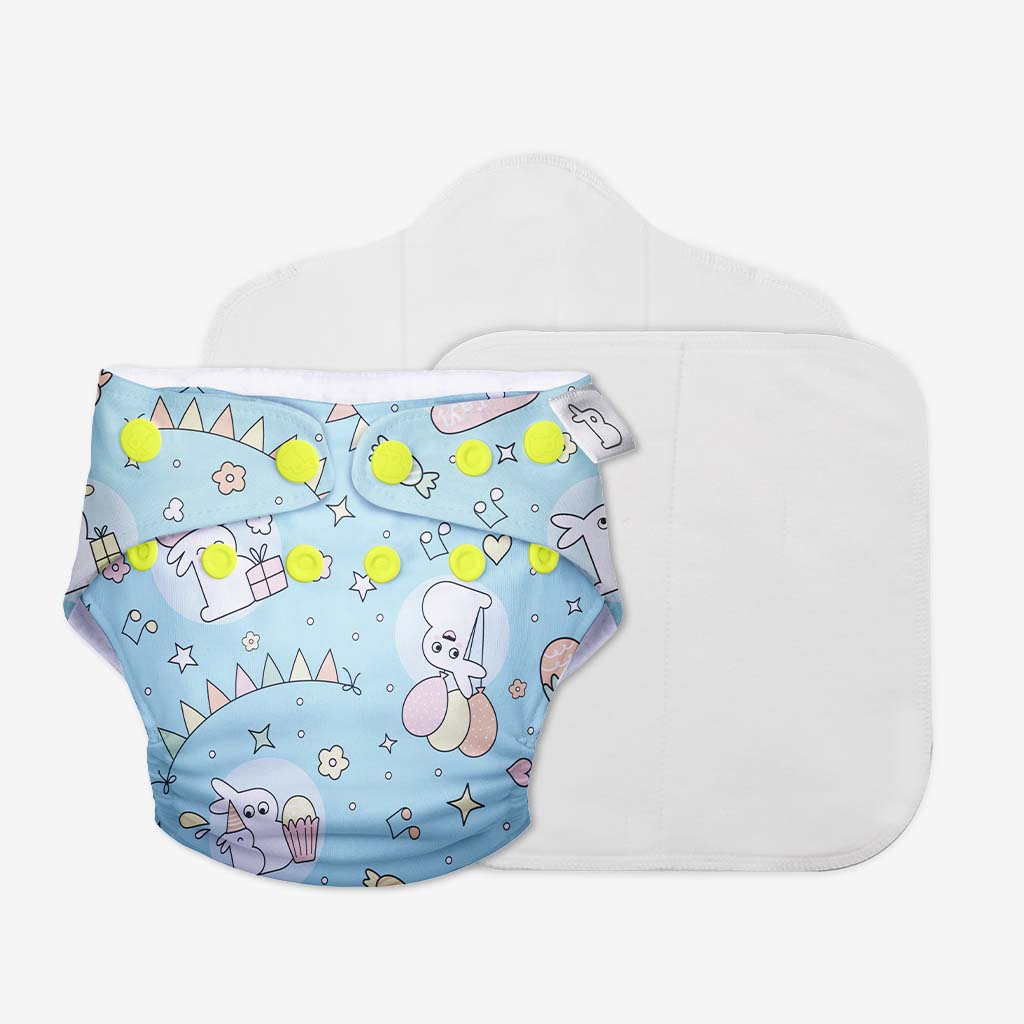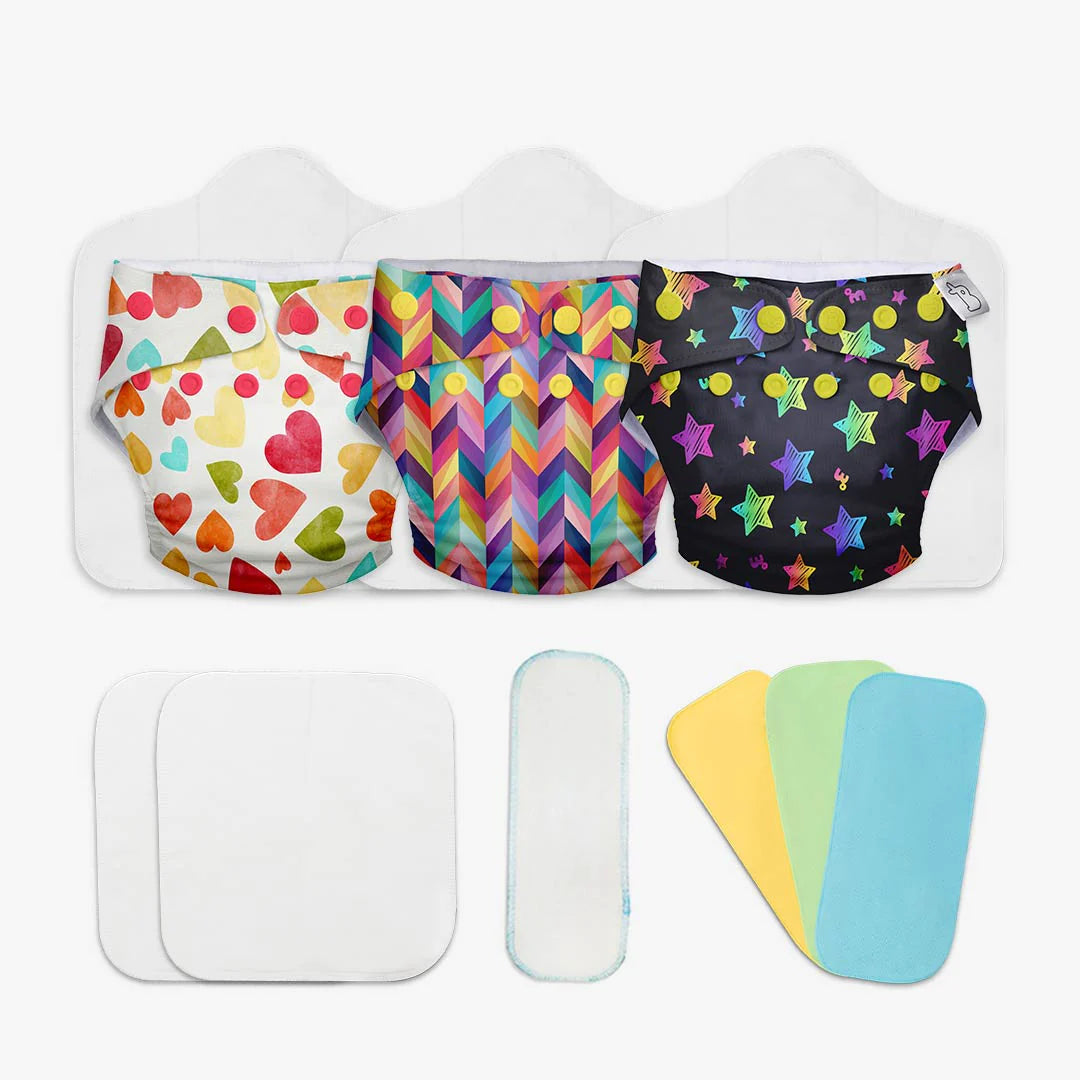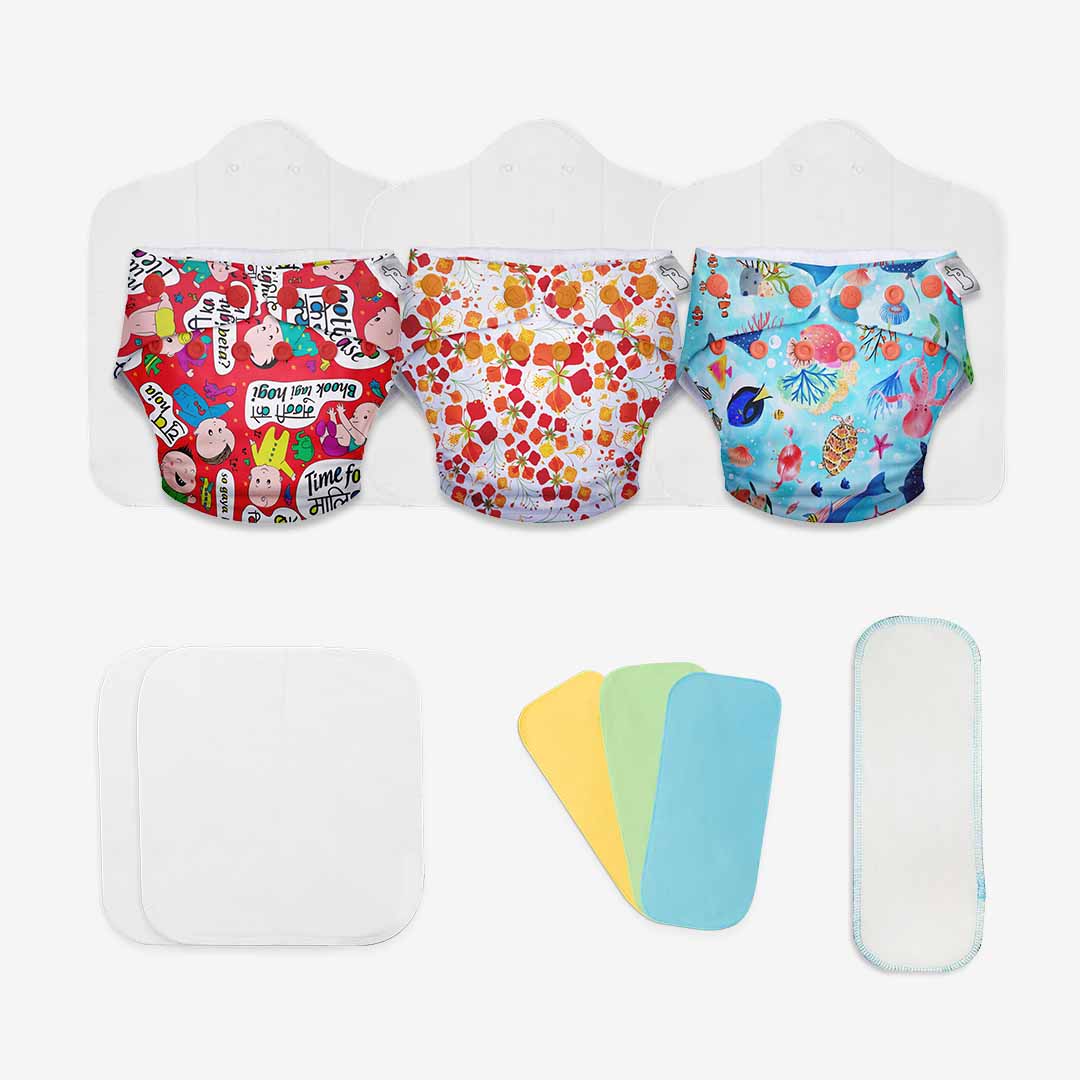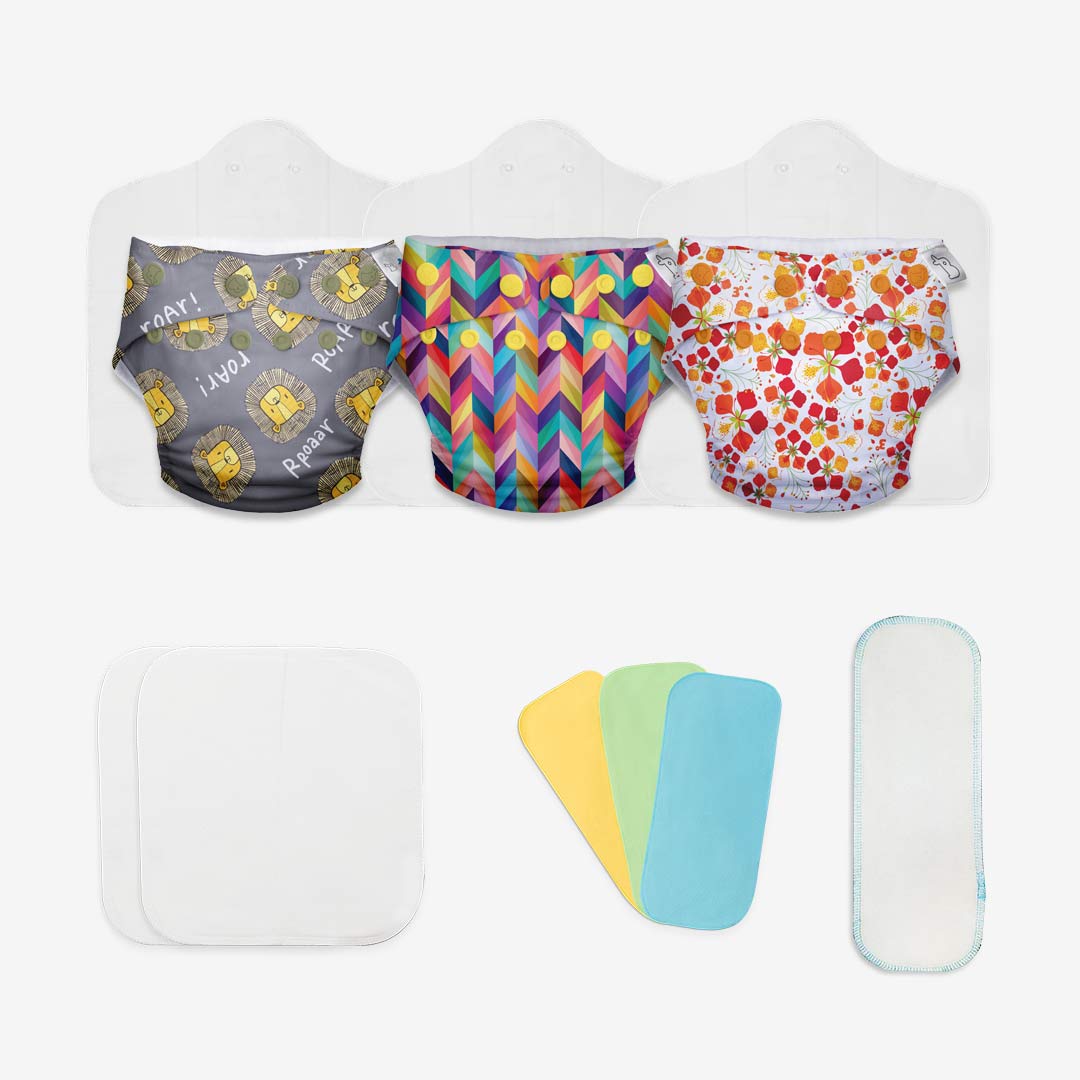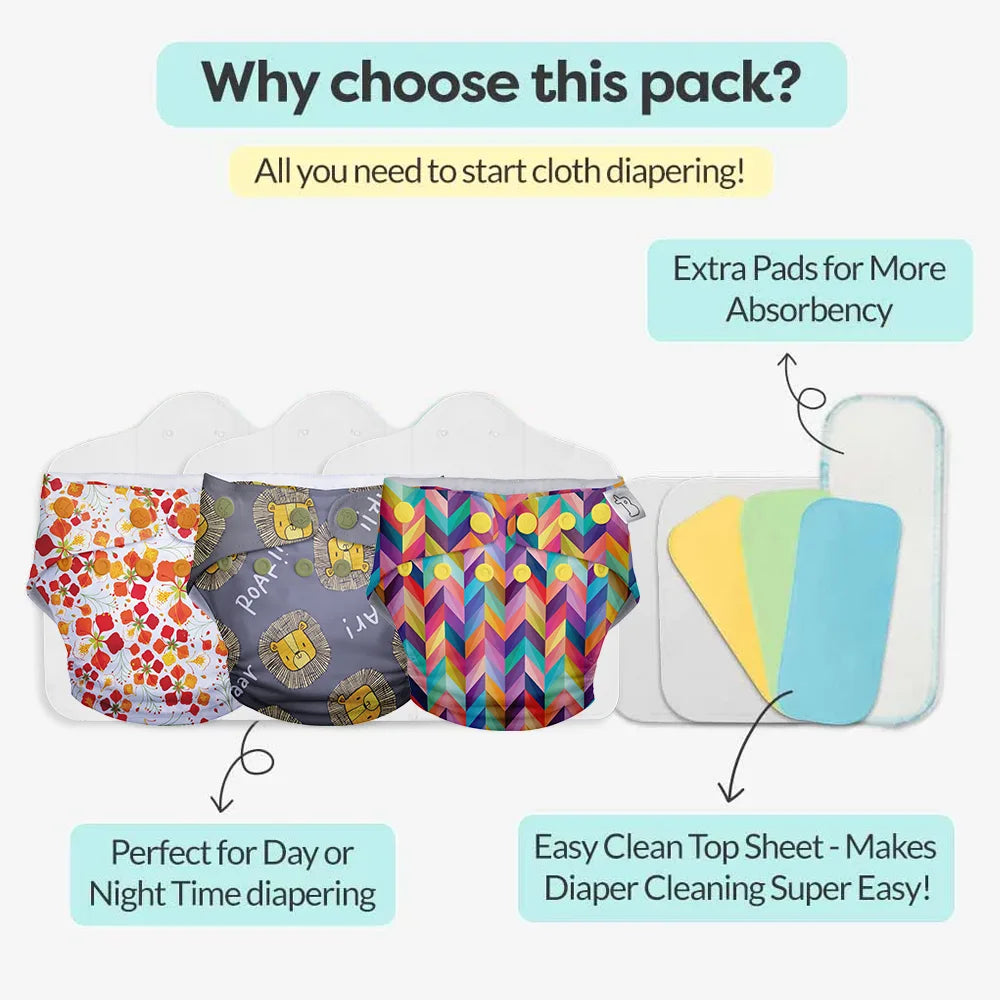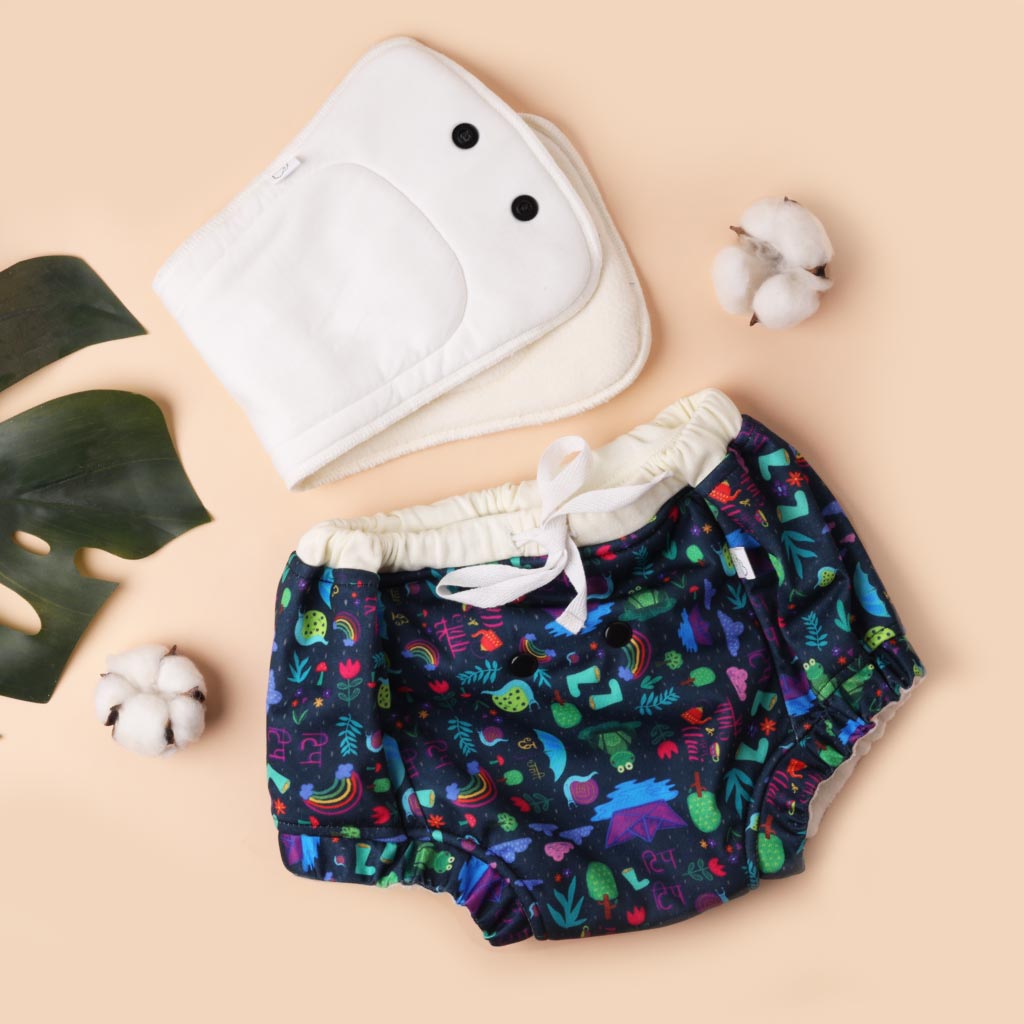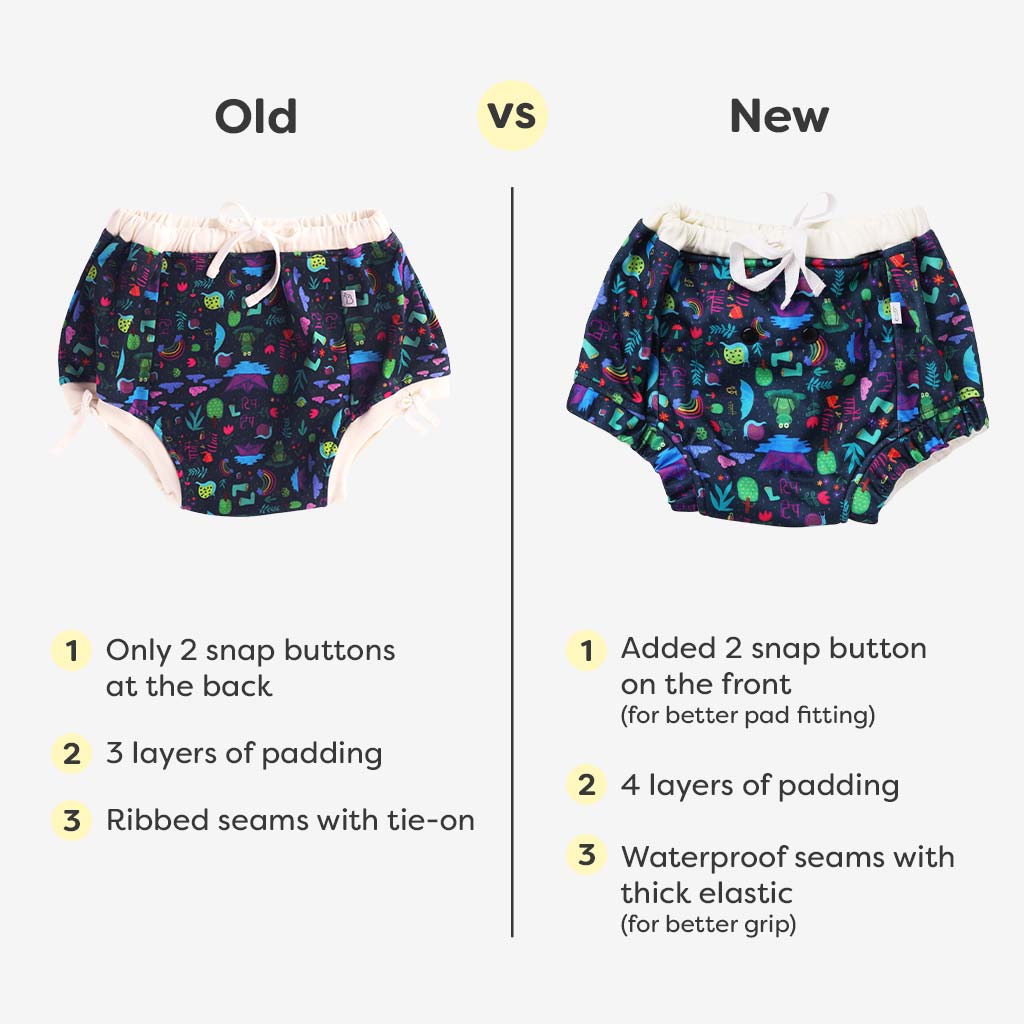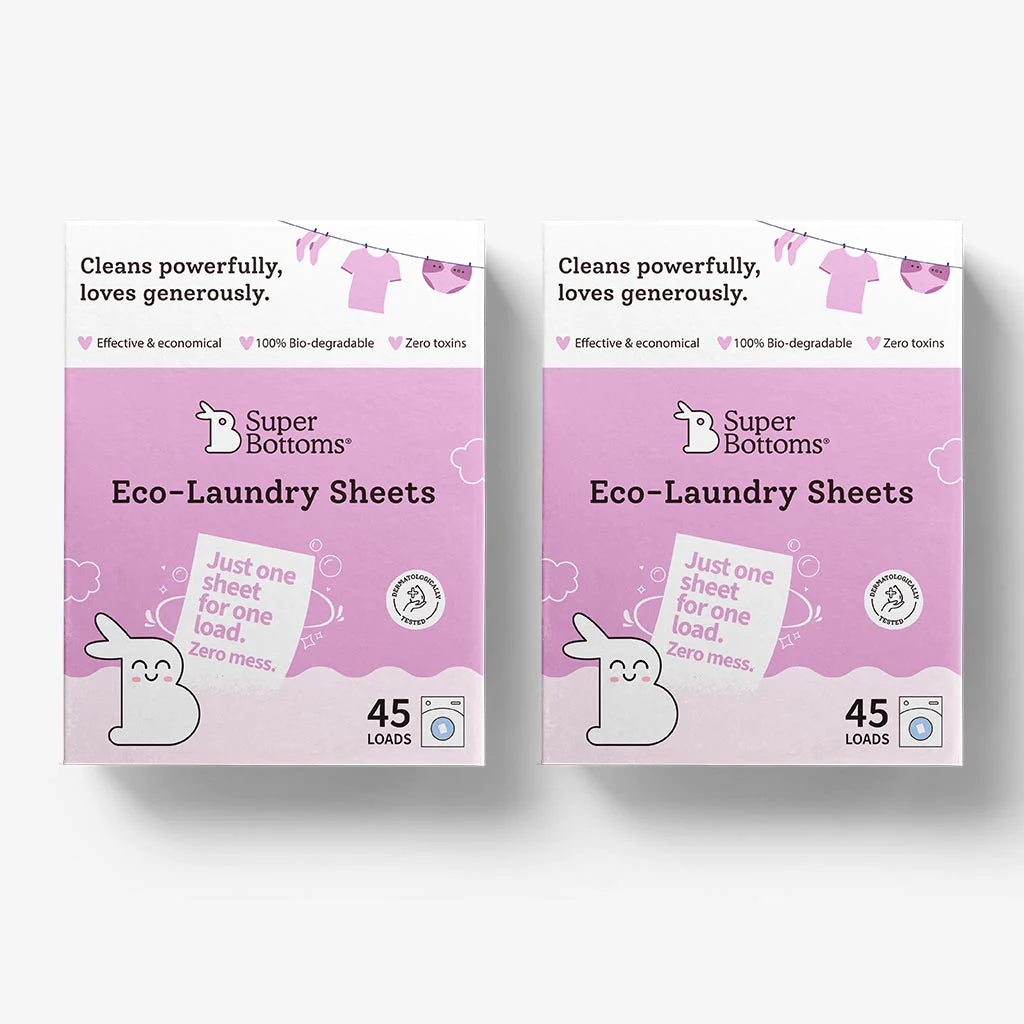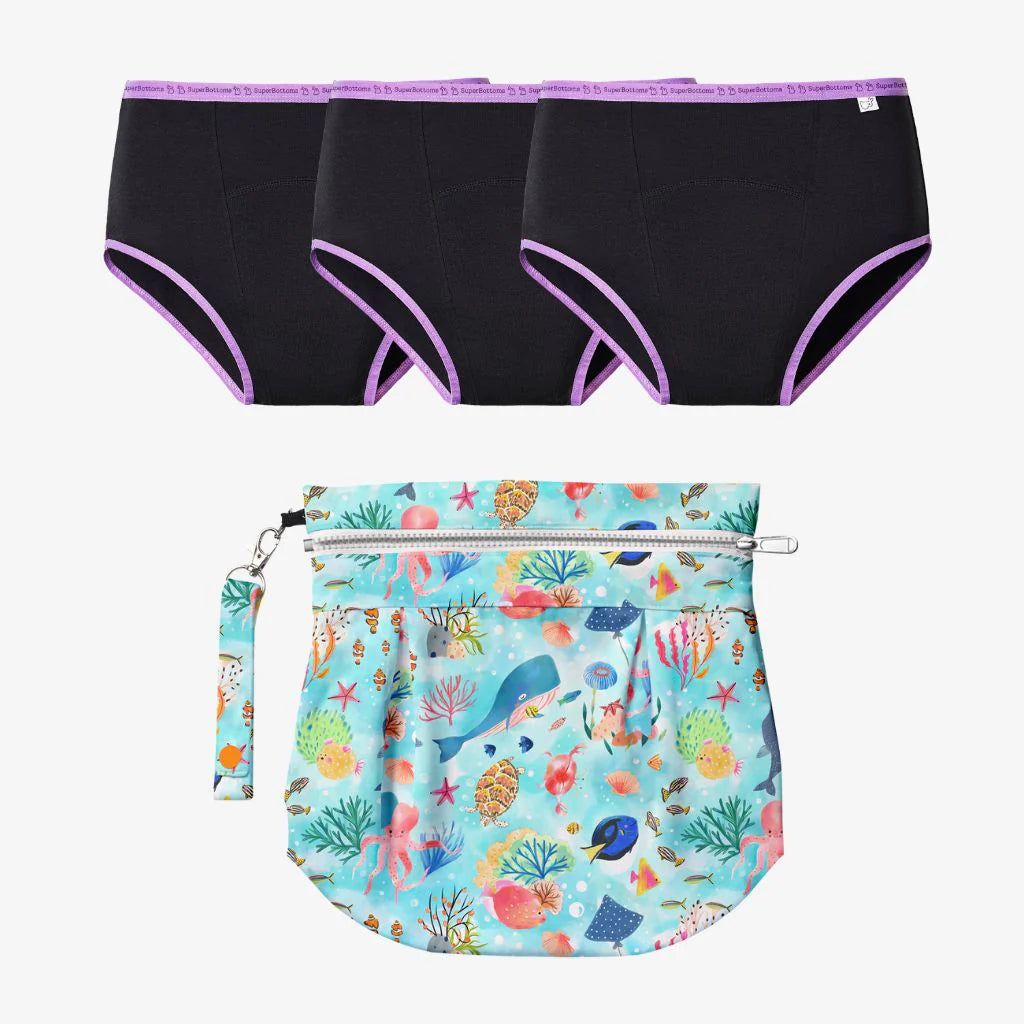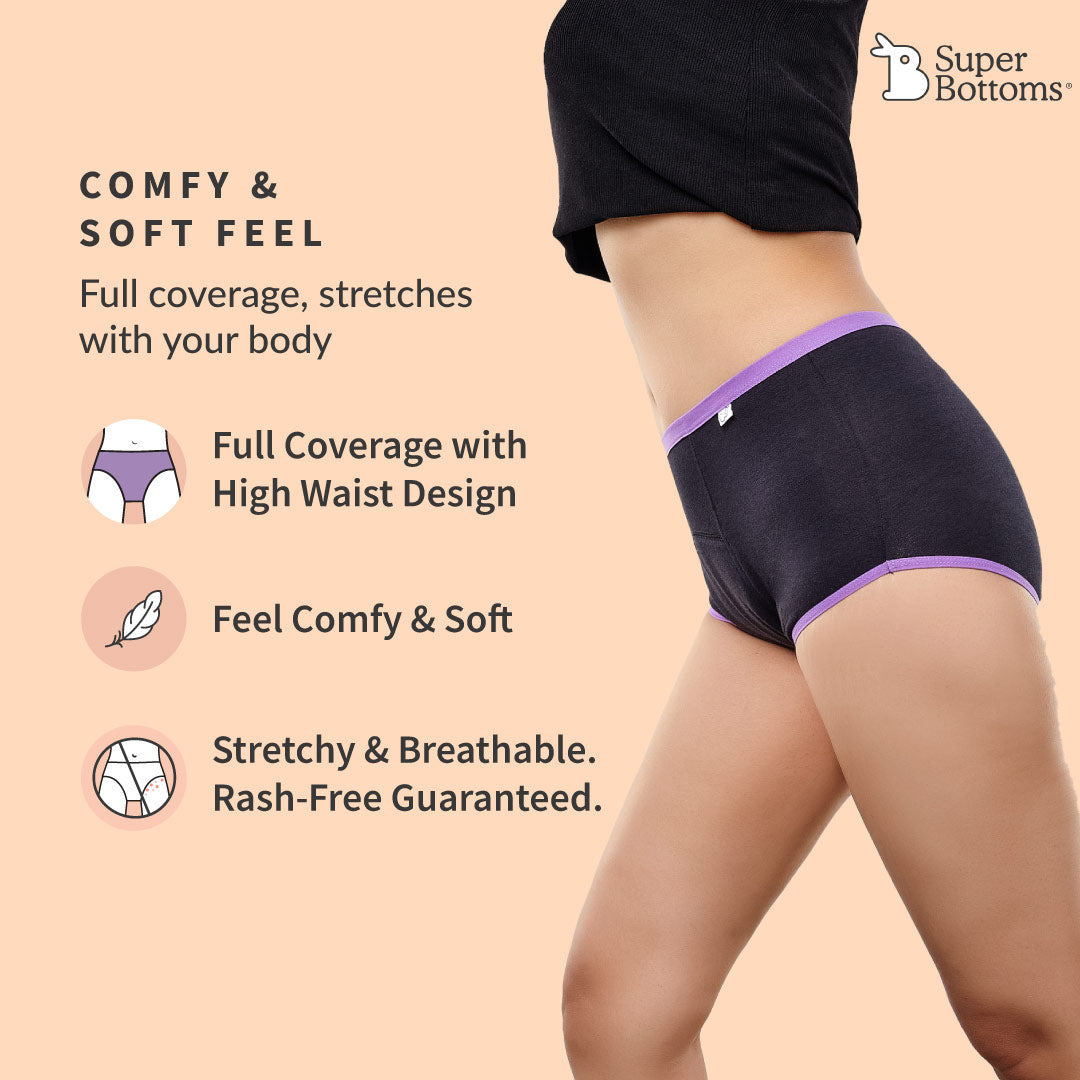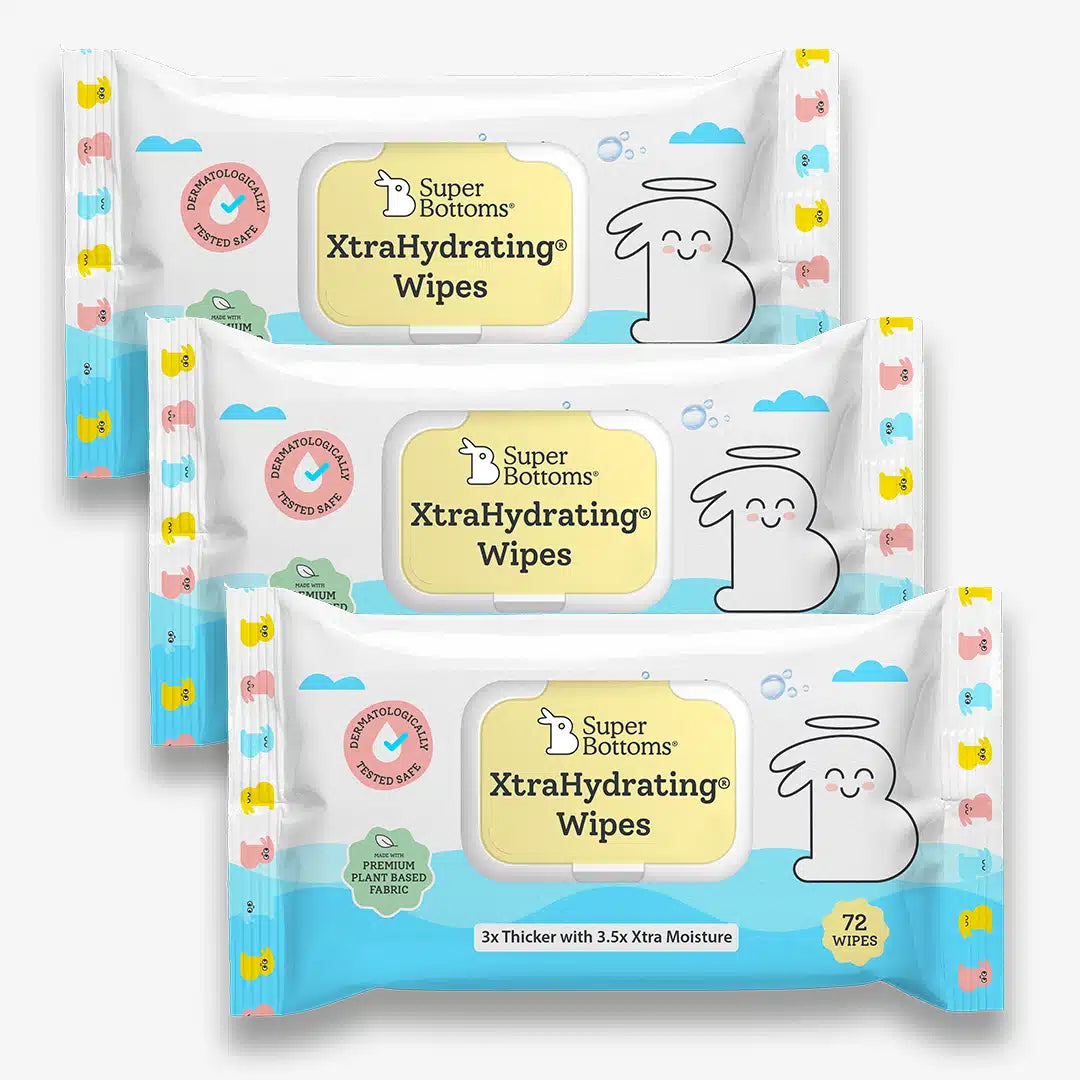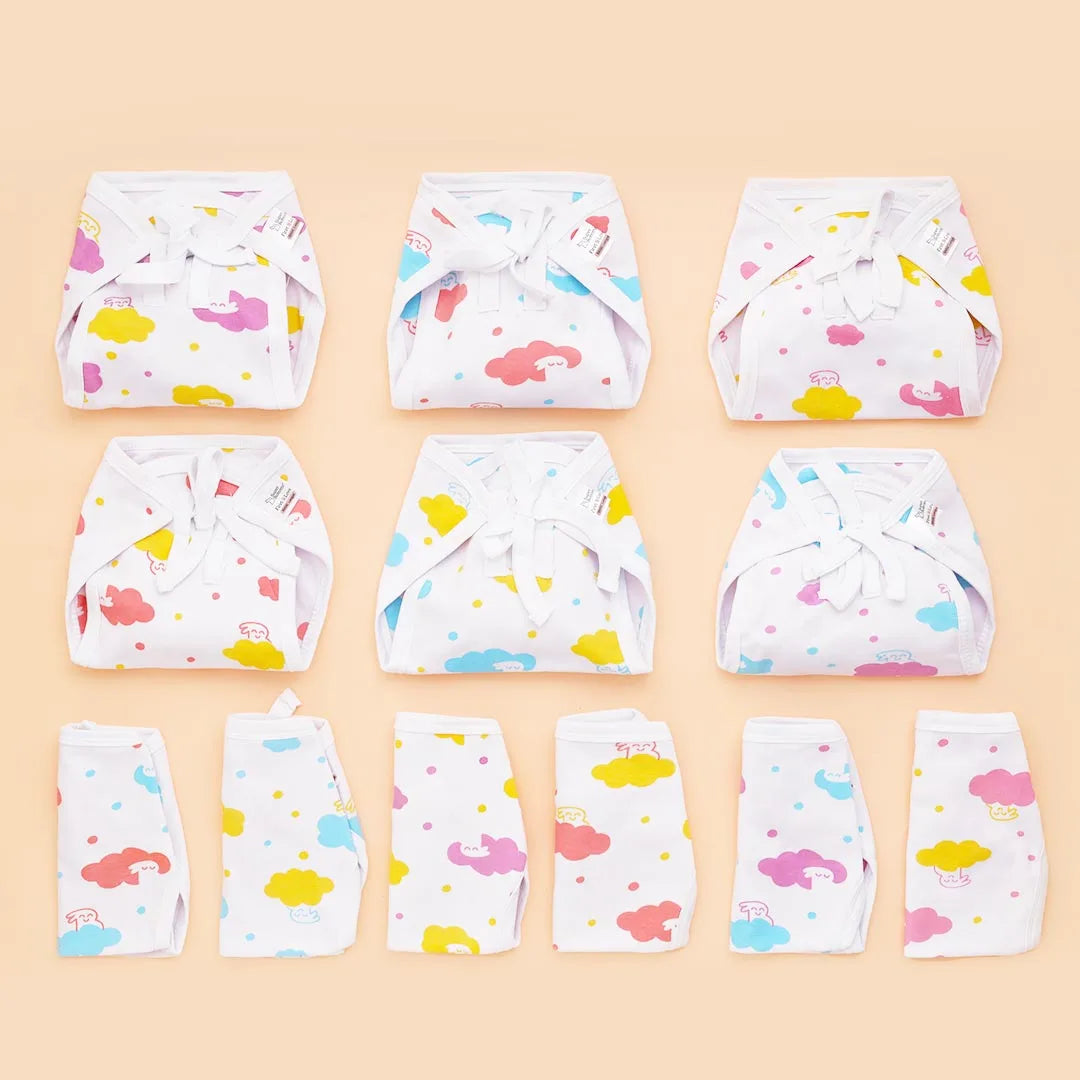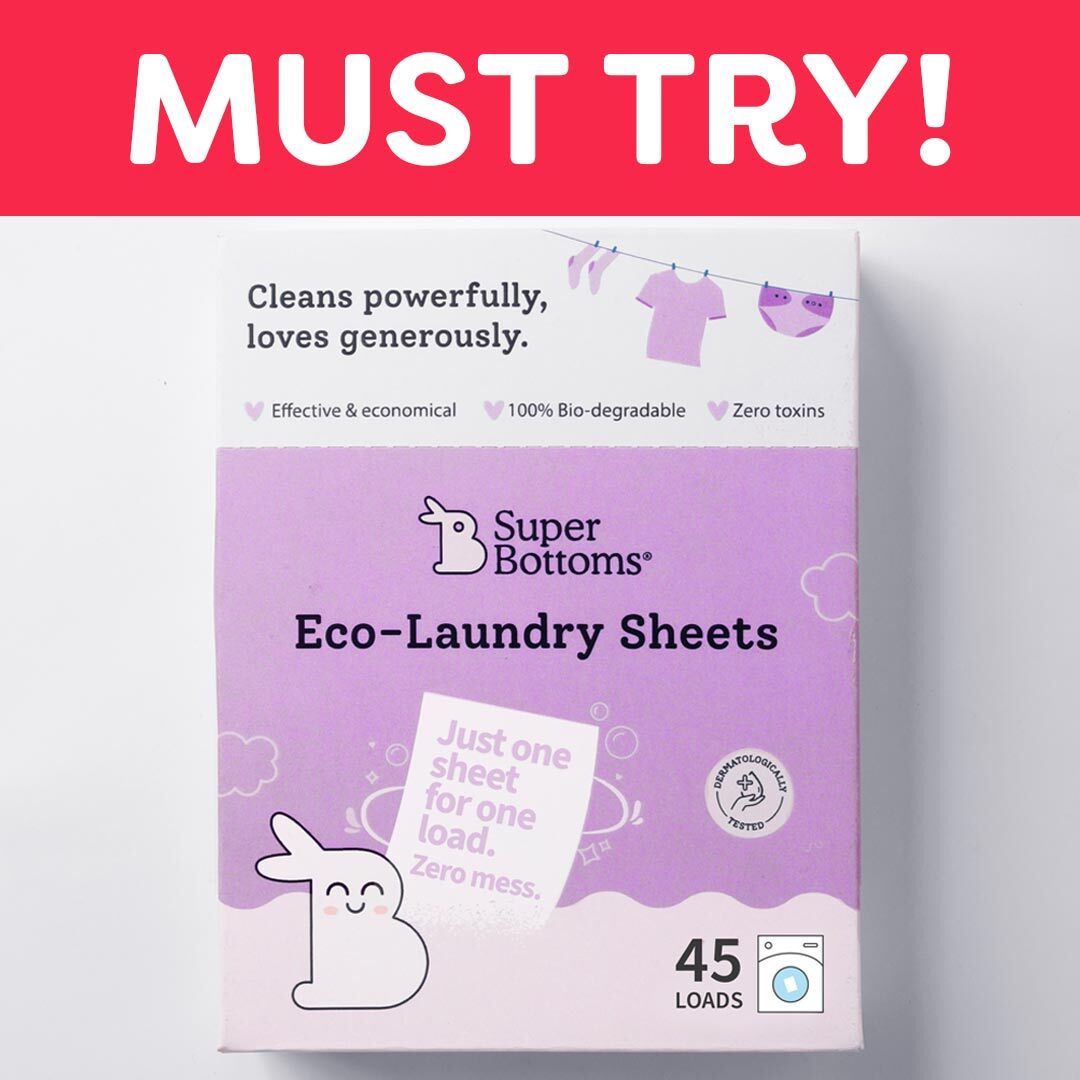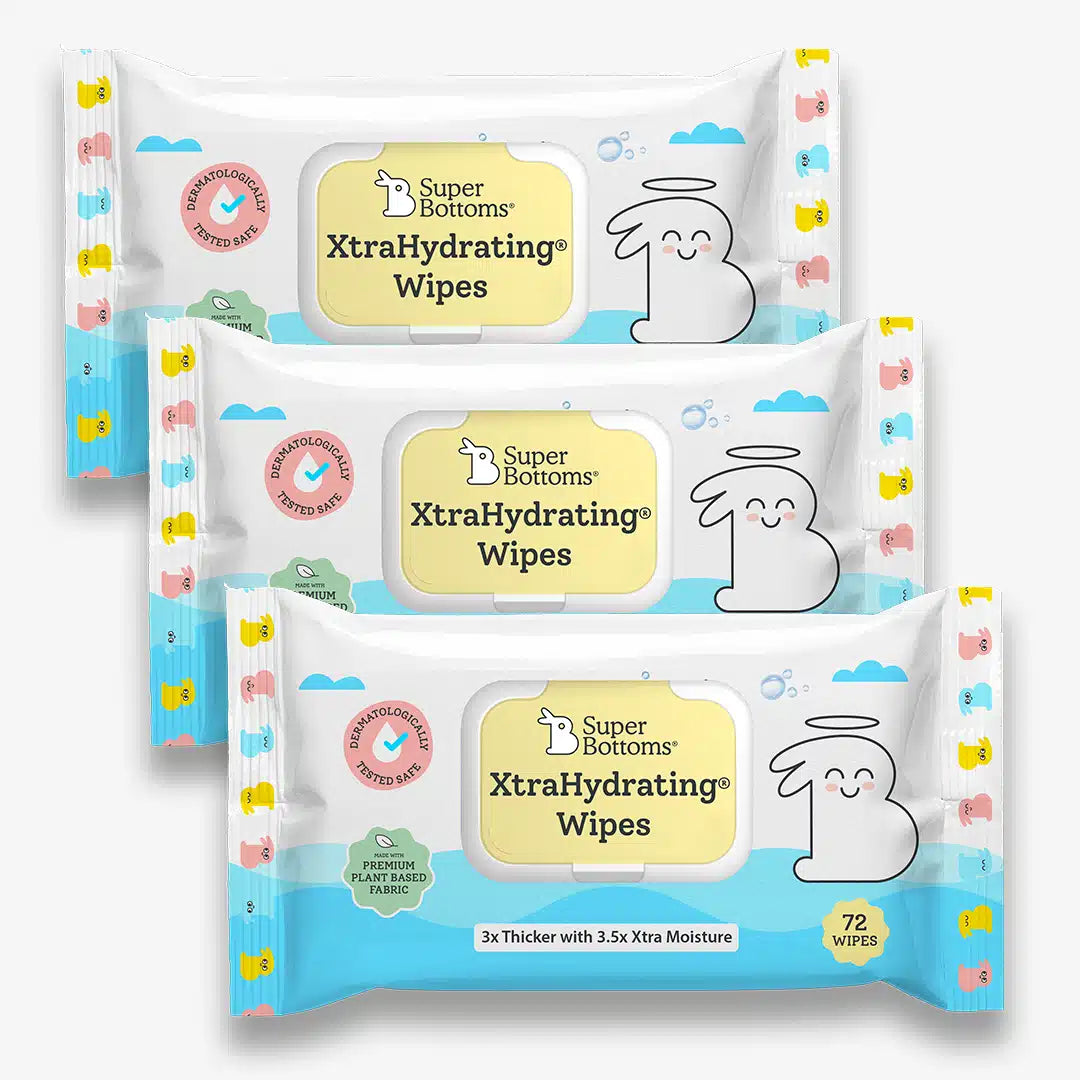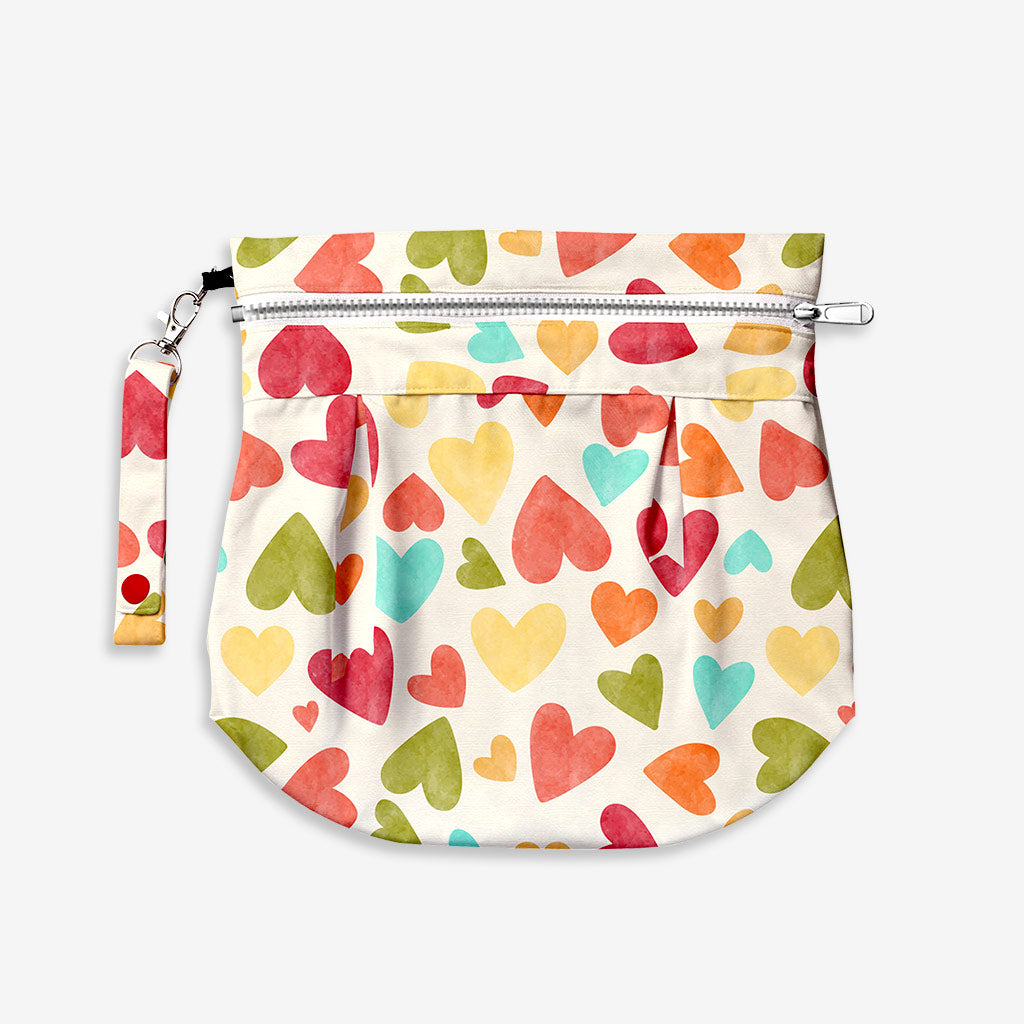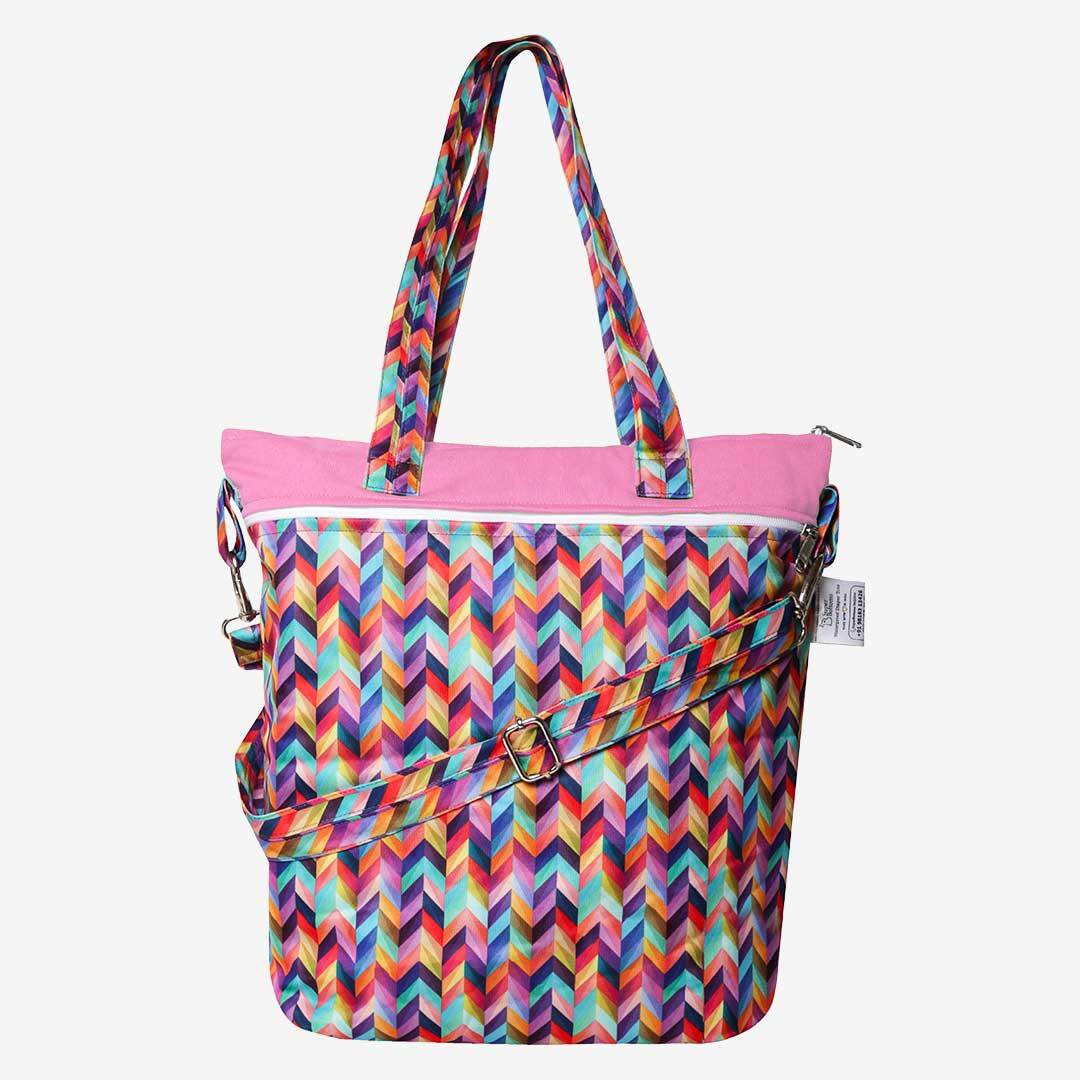Since the beginning of time, women have been breastfeeding their babies. It seems like a natural process, but, at times,it doesn't happen on its own. As a new mother, you haven't breastfed before, and your newborn hasn't eaten before. This makes breastfeeding an incredibly important yet, often difficult job. But with effort, patience, lots of support, both you and your baby will eventually get the hang of it.
To help you get a good head start, we have created this guide to let you on with the tips and techniques for breastfeeding success. So, let's get started.
Getting Started With Breastfeeding: What Happens
After you deliver, your milk comes in three stages. From the first day to the tenth and beyond, nature has designed each stage of breast milk to meet your baby's nutritional requirements.
- Colostrum: When you first deliver, not milk but colostrum is the first thing that comes out of your breasts. This thick, yellowy substance is called the'liquid gold' because of the health benefits it offers to your baby.
Colostrum is a vital mix of minerals, proteins, and vitamins that help protect your baby from harmful infections and stimulate antibody production. When the baby starts suckling, it stimulates your body to produce the next milk stage within a few days.
- Transitional Milk: Around the third or fourth day, your breasts start producing a liquid, which is a mix of colostrum and mature milk. Transitional milk contains fewer proteins and immunoglobulins than colostrum but has more fat, lactose, and calories.
- Mature Milk: It arrives between 10 days and two weeks postpartum. This thin, white milk looks like skim milk, but it is packed with nutrients and fats that babies need to grow.
Latching Baby Onto Your Breast: What You Need to Know
You might find it challenging to get your baby to latch onto your breast correctly in the beginning. But, with a few tries, you'll get it right. Improper latching causes a great deal of breast discomfort. So, you must understand what a good latch is.
What is a Good Latch?
A good latch is when your baby's mouth covers your nipple as well as your areola. The baby's tongue, mouth and lips work together to massage the milk out of the glands. If your baby sucks only the nipple, it can leave your baby hungry and make your nipple cracked and sore.
Step-By-Step Process of How to Get the Latch Right
- Position your baby to face your breasts. The baby's head should be in line with the rest of the body and not tilted.
- Use your nipple to tickle the baby's lip to encourage them to open their mouth wide. If your baby doesn't open the mouth, squeeze some colostrum/milk onto their lips.
- If your baby doesn't grasp your breast, and turns away, gently stroke the cheek nearest to you. As a rooting reflex, the baby will turn their head towards your breast.
- Once the baby opens their mouth, bring them closer to your breast. Don't push your breast or lean over; let the baby initiate it. Hold your breast until your baby grasps the breast well and begins suckling.
- When your baby's nose tip and their chin touch your breast, you'll know that the latch is proper. The baby should suckle with their lips flared outwards (like a fish).
- Watch the suckle. Make sure that the baby is not just sucking your nipple but also your areola. If the latch is right, you should see a strong pattern of suck-swallow breath. There will also be a rhythmic motion in the baby's cheek, jaw, and ear. You'll be able to hear the sound of swallowing or gulping of milk. If the baby isn't latched correctly, you'll hear clicking noises.
What to do if Your Baby has trouble Latching On?
A good latch is important because it affects how well your baby drinks milk and how well they grow and develop. A poor latch can also damage your nipples or make them sore. If you notice that your baby isn't latching correctly, carefully stop the suction. Gently insert your clean finger into the corner of their mouth. After the baby releases the suction, tickle their lip with your nipple and encourage them to latch onto your breast again, making sure the nipple and the areola are both in their mouth.
How Long to Breastfeed?
Both the World Health Organization (WHO) and American Academy of Pediatrics (AAP) suggest that mothers across the world:
- Should exclusively breastfeed their babies for the first six months of life. No additional foods should be included during this period.
- Should introduce solids in the baby's diet only after six months while continuing regular nursing until the baby turns one.
- Can nurse beyond one year if it's mutually desired. Extended breastfeeding is known to have plenty of benefits for the immune system, brain development, and mother-child bonding.
Breastfeeding Positions
The basic position is the cradle hold. However, there are a lot of others. With some trial and error, you'll find the best breastfeeding position that works better for you and your baby. Here are a few basic breastfeeding positions:
- Cradle Hold: Sit up with your back supported. With one arm, support your baby so that their head rests in the bend of your elbow. Use the same hand to support the rest of the baby's body. Use the other hand to hold your breast and guide it into your baby's mouth for a proper latch.
- Football Hold: Place your baby so that their legs and back are under your arm and your hand at the base of their neck and head. With the other hand, cup your breast and allow your baby to latch on.
- Crossover Hold: Use the hand opposite to the breast you'll be nursing from to hold the baby. Use your free hand to cup your breast and guide it into the baby's mouth.
- Laid-back Position: Lean back comfortably, with pillows supporting your neck, head, and upper back. Place the baby on your chest. Gravity will keep them in position, with their whole front resting on your entire front. In this position, the baby will naturally seek your breast. If not, you can always hold your breast and point it towards the baby to encourage latching.
- Side-lying Position: This position is good when you are nursing in the middle of the night. With a pillow under your head, lie down on your side. Place the baby facing you, their head in line with your nipple. Use your free hand to cup your breast, guiding the baby to latch onto your breast.
How Often to Breastfeed?
Since milk gets easily digested, babies are often hungry. Newborn babies should be breastfed on demand, which is about every 1-1/2 to 3 hours. When you feed the baby frequently, it also stimulates your milk production.
As the baby gets older, they'll have a more predictable feeding schedule. Some might need a feed every 90 minutes, while some might go 2 to 3 hours between feedings. However, make sure your newborn doesn't go more than 4 hours without feeding, even at night.
Signs Your Baby is Hungry
- Crying with a short, low-pitched wail that rises and falls
- Opening their mouth
- Sucking aggressively on their hand, your shirt, or your arm
- Nuzzling against your breasts
- Sucking on their tongue or lip
- Turning their head to your breast with mouth open when their cheek is stroked
- Making lip-smacking sounds
How to Tell if Your Baby is Getting Enough Milk?
As a new mother, you might worry whether your baby is consuming enough milk. These few indicators can help you check whether your baby is getting full:
Dirty diapers. After 3 or 4 days, in 24 hours, your baby should pump out:
- Very pale-yellow urine at least six and up to 12 times
- Yellow bowel movements at least 3 or 4 times a day
For the first few weeks, consider keeping a written record of how many times the baby was breastfed and the diaper output.
Disposition. If your baby is happy and content after most feedings, then they are getting enough milk. If you see them crying, fussing, or frantically sucking on their fingers even after a full feeding, they might still be hungry.
Weight. From the second week onwards, babies begin to put on weight gradually every week. Typical weight gain is 100 to 200 grams per week, although it depends on age and other factors. If the weight gain is gradual, it's a sign your baby is getting enough milk from you. If you see inconsistencies, talk to your paediatrician to check if your baby's growth is on track.
Best Breastfeeding Tips for New Mothers
As a new mother, it's quite understandable if you are nervous about getting started on breastfeeding. These tips will give you the confidence you need and help ensure that you and the baby are off to a great start:
Before Delivery
- Read up about it. Learning about breastfeeding much before you deliver a baby helps you stay prepared for what's coming.
While at the Hospital
- Babies are eager to suck as soon as in the first 2 hours after birth. So, stay prepared to breastfeed as soon as you can, assuming your new baby is already up for it.
- To calm a fussy baby, the hospital staff may quickly put a bottle in their mouth. If you want to breastfeed from the get-go, take the initiative to inform the staff early on.
- Before you leave the hospital, schedule a visit with a lactation consultant or an expert to check whether you are breastfeeding correctly or for helpful breastfeeding tips. Don't be afraid to ask questions you might have.
At Home
- Until you get used to breastfeeding, settle down in an area where the noise levels and distractions are low. Avoid talking on the phone or watching TV; instead, use this time to bond with your baby.
- Keep water, milk, or juice by your side. This will help replenish fluids as you feed. Avoid hot drinks when breastfeeding, in case they spill.
- When breastfeeding, make yourself comfortable first. Choose where you want to breastfeed; on the couch, in bed, in an armchair, either lying down or propped up. If you are in a comfortable position, you can ensure that your baby is comfortable too.
- As a rule, always start the feed from the breast the baby didn't nurse on or the breast that wasn't drained properly the last time.
- Your milk supply increases as your baby's needs increase. In the first few days, the baby's needs are minimal and are usually fulfilled with colostrum. So, treat these feeding sessions to perfect your breastfeeding technique. By the time the milk supply increases, you would have already figured out the best feeding technique.
- Remember, both you and your baby are rookies at this. Give it time for you and your baby to learn and be in sync with each other.
- If you are tempted to increase the time in between the feedings, resist the temptation. If you reduce the intensity, frequency, and duration of feeding, it can quickly sabotage your milk production.
- If you feel overwhelmed, know that it's normal. Before a feed, try to relax. Do some light few light exercises or practice relaxation techniques, such as deep breathing, meditating, listening to music, etc. If you are relaxed, the baby will catch on to your vibe and be relaxed too.
What to do if Your Nipples Get Sore?
If your nipples are damaged, sore, or cracked, these tips can help:
- Air-dry your nipples after each feeding to prevent your clothes from sticking to them and irritating the breasts.
- Let some breast milk dry on your nipples. Since breast milk is a natural skin softener and has the antibodies to fight infection, it can heal the nipples.
- Apply specially formulated ointments, modified lanolin, or creams with hypoallergenic ingredients.
- Place breast shields inside your bra to avoid contact between nipples and your clothes.
- Apply cool compresses to your nipples after breastfeeding to reduce pain. Using gel pads on dry nipples can also help.
- Use cotton bras with wide, non-elastic straps to support your breasts without irritating the nipples.
Expressing and Storing Breast Milk
Expressing milk is squeezing the milk out from your breasts so that you can store it to feed it to your baby later.
Reasons Why You Might Want to Express Milk
- You have to be away from your baby. For example, you are going back to work.
- Your breasts are engorged.
- Your baby isn't able to latch properly to the breast, but you still want to give them your breast milk.
- Your partner helps you with feeding your baby.
- You want to increase your milk production.
How to Express Breast Milk?
You can use your hand or a breast pump to express milk. How much and how often you express your milk depends on why you are doing it. Here's how you can express milk:
- Choose a time when you feel relaxed. Keeping your baby (or even their photo) near you can help your milk to flow.
- It may be easier to express milk right after a warm shower or bath. You can also cover your breast with warm towels.
How to Store Breast Milk?
Store the breast milk in sterilised containers or special breast milk storage bags and then place it in:
- The fridge at 4degreesCelsius or lower and use it within 8 days. If the temperature of your fridge is higher than 4 degreesCelsius, use it within 3 days.
- The ice compartment of a fridge for up to 2 weeks.
- In a freezer at -18 degreesCelsius or lower for up to 6 months.
Breast milk stored in the fridge can be carried in a storage bag packed with ice. It can stay good for up to 24 hours. If you want to avoid wasting your breast milk, store them in small quantities. And if you're freezing it, make sure you label and date it.
How to Defrost Frozen Breast Milk?
The best way to defrost frozen milk is by allowing it to slowly defrost in the fridge. But if you want to use it immediately, you can defrost it by holding it under running warm water or placing it in a jug of warm water. Once the milk is defrosted, give it a gentle shake to check if it has separated. Don't re-freeze the milk that has already been defrosted. The defrosted milk should be used within 1 hour; any leftover should be discarded.
How to Warm Breast Milk?
You can warm the milk by holding it under warm running water or placing it in a jug of warm water. Do not microwave or heat the milk. This can create hot spots, which can hurt the baby's mouth.
3 Breastfeeding Must-Haves That Makes Nursing Easier
Breastfeeding is difficult, but these breastfeeding essentials can help you make the process easier:
- Supportive Nursing Bras: Make sure the bras are without an underwire. The wire can dig into your breast and may interfere with milk production.
- Nursing Pillow: Pillows are a clever and inexpensive way to save your back and place the baby into a comfortable position.
- Nursing Pads: Absorbents pads can catch leaks, lessening your laundry load.
If you are skeptical and confused about breastfeeding, this guide can help you gain the confidence you need to get through all the odds to witness the most amazing bonding experience of your life.
Key Takeaways
- Its Natural
Breastfeeding appears to be a natural process, but it does not always occur on its own. Don't worry, as a new mother, this may require a lot of effort and patience.
- Recommended Positions
Breastfeeding can be done in a variety of positions, however, with some trial and error, you'll discover the optimum breastfeeding position for you and your baby.
- Signs to Consider
While breastfeeding your child, keep an eye out for signals that your baby is trying to communicate with you.
Note From SuperBottoms: SuperBottoms is a leading brand that offers a wide range of eco-friendly and reusable cloth diapers for babies and other products for babies and mothers. Our products are designed to be safe, comfortable, and affordable for parents while reducing waste and protecting the environment.

